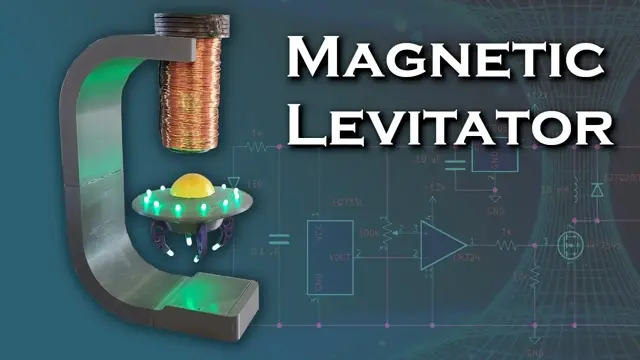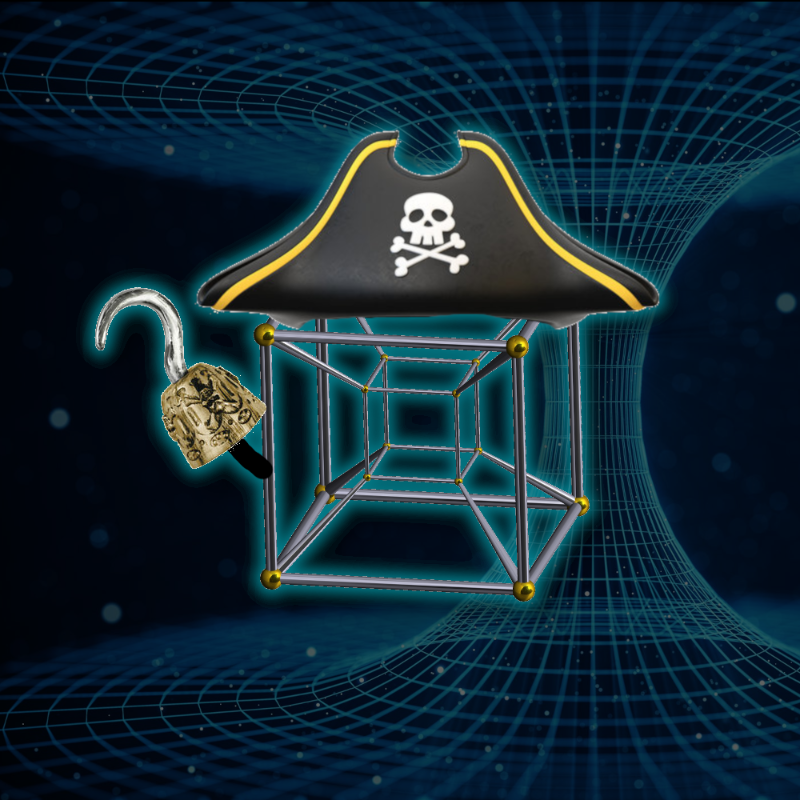2021-12-28
[public] 319K views, 10.5K likes, dislikes audio only
Update 7/21/2022: STL files for the levitator have been uploaded
https://www.thingiverse.com/thing:5438518
In this video I'm going to show how to build a attractive-type
("hanging") magnetic levitator. This is the easiest type of
levitator to build, because the electromagnet only operates with
one polarity, and only requires a single sensor and transistor
to operate. A repulsion-type levitator requires sensors for X
and Y position, and 4 coils with their own individual H-bridge
drivers.
The electromagnet is built from a 2" x 6" solid steel cylinder
as a core, and 600 turns of 16-gauge wire. The longest distance
I've managed to attract a large N52 magnet was about 9 inches
using 20 amps of current, but the coil heats up very fast with
that much current.
In this video, the magnets shown are hovering just outside the
region where the ferromagnetic attraction to the core would
overcome gravity, so the levitator takes very little power.
Levitating a 3-lb steel wrench only consumed ~5W, and a 30mm N52
magnet by itself consumes about 1W levitating a distance of
about 2" below the electromagnet.
The limiting factor in the levitation distance is the resolution
of the hall-effect sensor, which has an output of 20 mV/mT. Once
a 30mm N52 magnet goes beyond ~2 inches from the sensor, the
output is too small to be distinguished against the idle voltage
of the sensor. Changing to a more sensitive hall effect sensor
would increase the levitation range dramatically, but also
consume exponentially more power.
There is no microcontroller driving the electromagnet. The coil
is energized by a MOSFET that has its gate connected to the
output of an LM324 acting as a comparator. One input to the
LM324 is the hall effect sensor output, and the other input is a
reference voltage set by a potentiometer. I've found that it's
neccesary to make slight adjustments to the reference voltage
when changing to different magnets / loads on a particular
magnet.
Some of the key components used in this build:
-EQ733L Hall Effect Sensor
-LM324 Op-Amp
-IRF7545 MOSFET
-LM7805 5V linear regulator
-6.6 mF / 1 mH input filter
Some other figures:
-12-18V input voltage
-50-500 mA of current draw @ 12V depending on the load
-9.5 mH / 1.3 Ohm electromagnet (600 turns of 16 AWG)
-Magnets used in this video are 30x5 N52 magnets stacked
together and 2x 40x20 N52 magnets stacked together
Music used:
Serge Pavkin - Fractal
Serge Pavkin - Tech Research
Serge Pavkin - Intergalactic
Alexander Nakarada - Space Ambience
/youtube/video/eOT_G-1ogn4?t=110
/youtube/video/eOT_G-1ogn4?t=155
/youtube/video/eOT_G-1ogn4?t=218
/youtube/video/eOT_G-1ogn4?t=246
/youtube/video/eOT_G-1ogn4?t=435

